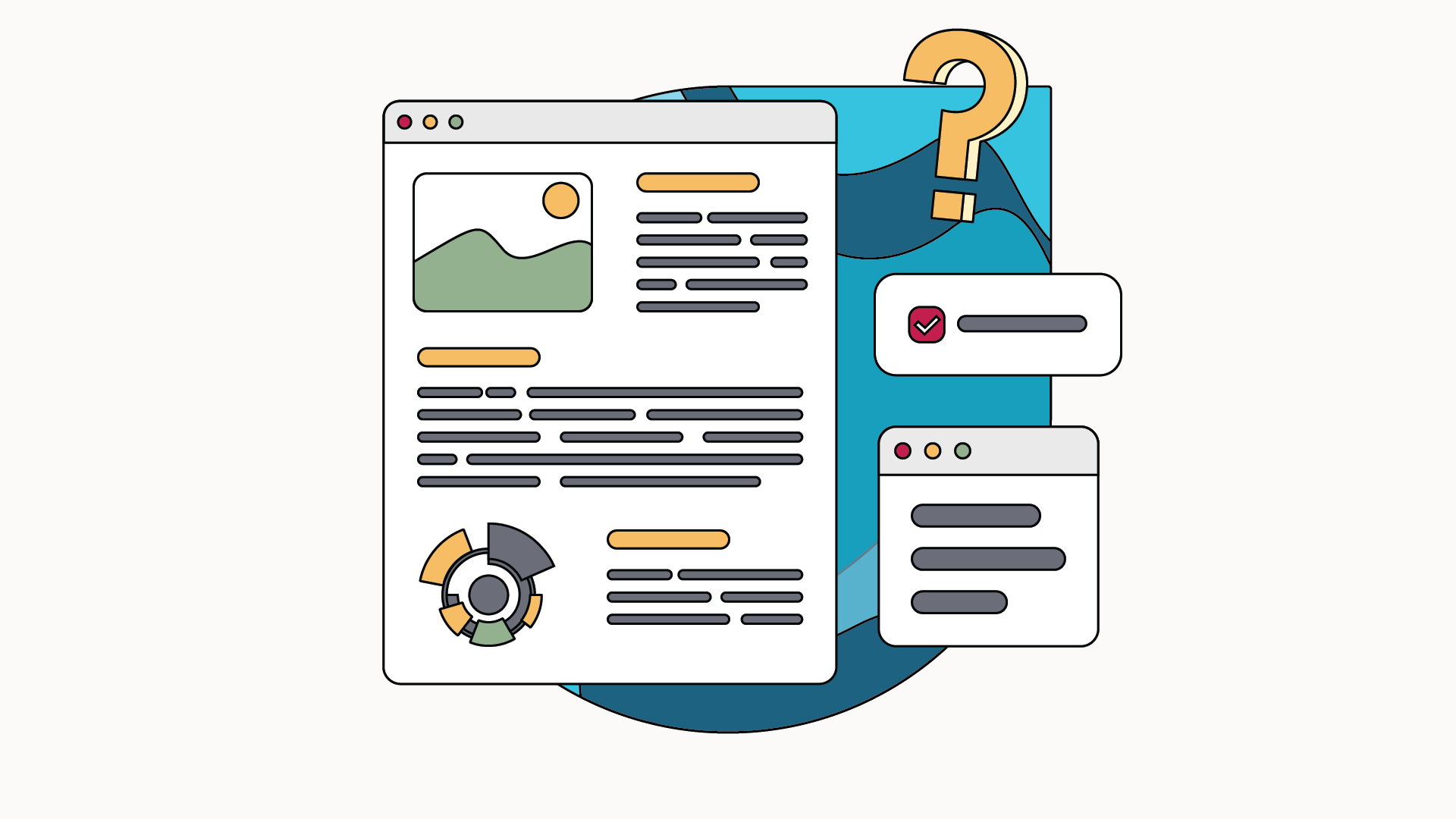The digitalization of learning has given rise to flipped pedagogy: a learning technique that allows learners to better assimilate courses. Indeed, they remain active and have an easier time understanding the lessons in order to apply them when needed. Flipped pedagogy in corporate training is a completely different concept that can be experienced to deepen the knowledge of employees, potential candidates, customers and suppliers.
Focus on flipped pedagogy
Flipped pedagogy emerged at Harvard University in the United States in the 90s. Its principle is simple. In general, you receive an instruction that you will assimilate and complete after the course. With the flipped classroom, you prepare in advance and the course comes next.. It is about providing learners with supports and different digital tools that will allow them to discover the themes of the lessons and to prepare for them. It can be seen in the shape of Blended Learning. This step obviously takes place before the session and not after the session. The aim is to understand the modules prior to the courses. As for the latter, they are mainly aimed at encourage sharing as well as deepening. They thus take on a practical dimension by facilitating application as well as assimilation, however complex the concept to be learned may be. In terms of corporate training, the advent of digital technology has boosted the popularity of flipped learning. The trainer becomes a coach who gives his approval in terms of knowledge and knowledge.. Some consider this pedagogical concept to be the future of training. And this is all the more so as digitalization greatly facilitates access to documentation for learners and trainers, who can also, why not, start digitized face-to-face.
Ease of implementation
What are the advantages of flipped learning for businesses? There are a lot of them. Moreover, this way of learning, which went viral in 2016, is being adopted by a considerable number of learners and businesses. Leaving a lot of autonomy for learners in their training, flipped pedagogy contributes to a better transmission of knowledge. The aim is not to suffocate learners with the various digital media, but to personalize learning. Before starting training, everyone must set specific goals and give themselves the means to achieve them as the courses progress. As for the company that offers the training, it will provide learners with tools that are both reliable and adapted as well as experienced trainers. To train adults and meet their need for knowledge, regardless of their sector, flipped pedagogy remains a very interesting technique. However, It is absolutely necessary to set up a monitoring system in order to assess everyone's level. The achievements must also be validated and adapted to learners' needs. For reverse pedagogy to bear fruit, the company is required to take into consideration socio-cognitive conflicts and the various constraints of its targets.
Less stress, more results
Flipped pedagogy is particularly suitable for businesses, because it reduces learner stress, while remaining flexible. Indeed, even in case of absence, the learner is not likely to get lost since he has familiarized himself with the new lessons beforehand. Despite the difficulty of the courses, he is able to assimilate them thanks to the materials made available to him.. As a result, flipped pedagogy promises good results. In the United States, for example, the academic system has experimented with this concept of learning. Instructors found that student grades increased by an average of 12%. In fact, this improvement was confirmed by 71% of teachers. According to 80% of teachers, flipped pedagogy would also have made student attitudes more positive. These results show how interesting this concept is, both for trainers and for learners.
Learning that is better adapted to learners
Flipped pedagogy adapts in every way to the expectations and pace of learners.. Being able to learn their lesson in advance is a plus. Those who have difficulty understanding courses can get ahead of the curve and do additional research when needed. The classes will not slow down and each learner will have the opportunity to assimilate everything at their own pace.. This pedagogical concept is also a source of better engagement for learners. Especially since the presence of the teacher or the expert remains of great help. Among other things, he is responsible for putting new lessons into practice and evaluating the effectiveness of the courses. It also measures the educational impact and focuses on areas in need of improvement. In addition, the time that learners spend with the trainer in the classroom is optimized. This can be seen as a form of phygital learning. The training sessions are becoming more flexible and original. It is possible to follow such training online or in person or both techniques at the same time. Using LMS helps teachers easily identify which lessons are best understood by learners and which are not. They can thus reinforce the explanations and focus on specific topics..
If flipped pedagogy tempts you but you have doubts, nothing beats an attempt to judge its performance on your teams. This educational method brings many advantages to your employees, customers and suppliers who need to update themselves in a specific field.




